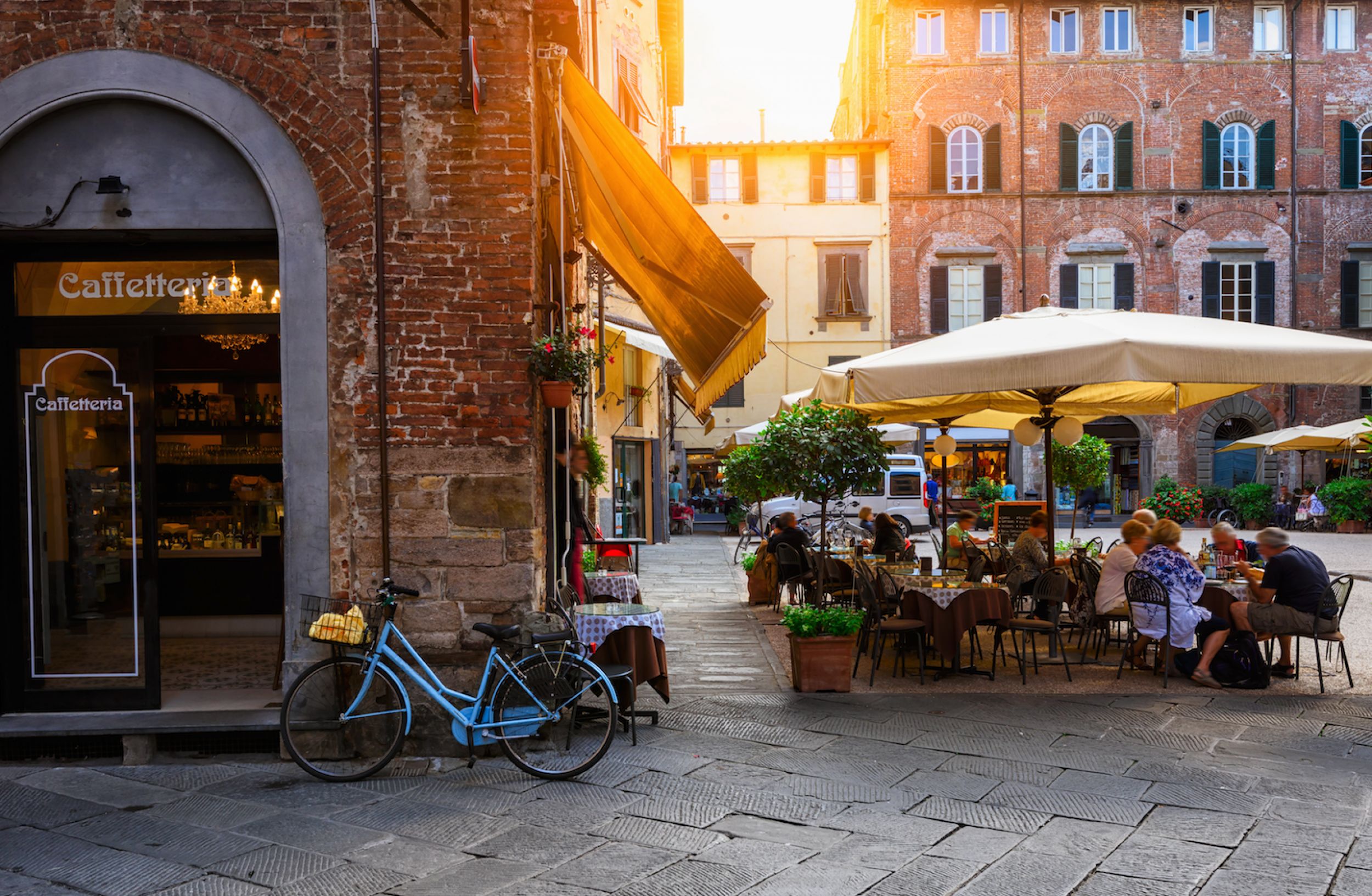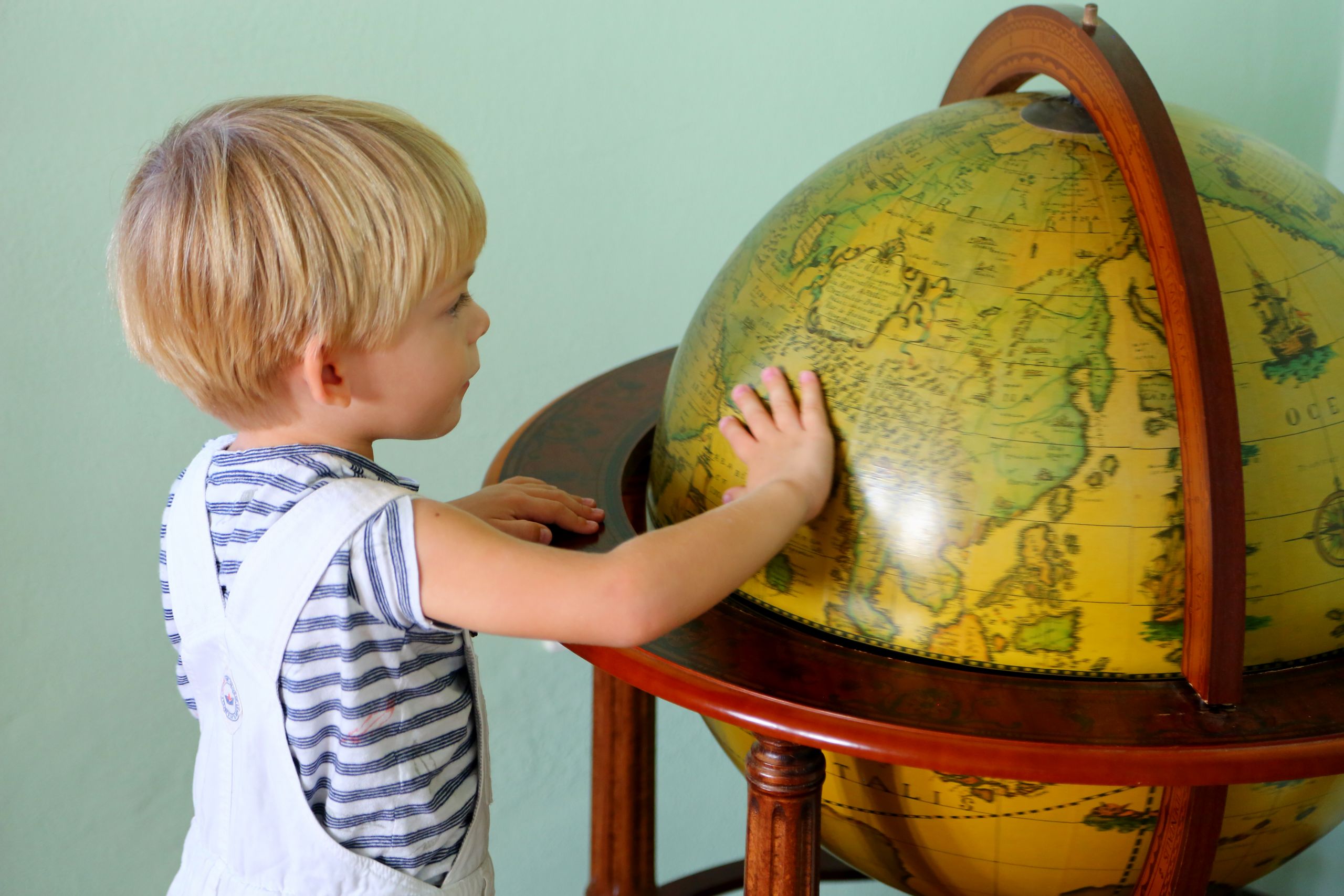San Isidro and Olive Grove Park
Together with Barranco and Miraflores, San Isidro is one of the most developed districts in the city. It’s a prestigious place mostly inhabited by wealthy citizens. Architecturally and culturally, it’s not particularly interesting.
The only historic landmark is Huaca Huallamarca, another ancient Indian pyramid, but a smaller one. The rest of the district is made up of tall glass buildings, multi-storey dwelling complexes, and local celebrities’ and attachés’ mansions.
The district is considered the financial and diplomatic centre of the capital. Its status is proved by the fact that it’s here that the main offices of all banks in the country as well as 57 embassies and consulates are located. There are also shopping malls, luxury hotels, golf courses, and other entertainment venues in the area.
The most popular tourist attraction in San Isidro is Bosque El Olivar—a park of olive trees. This huge 23-hectare green area is often called the city’s lungs.
The park was created in 1560, when the mayor of Lima brought olive tree seedlings from Spanish Seville. Only three saplings survived the long journey on a ship over the ocean, but now there are over 3,000 trees.
Bosque El Olivar is a wonderful place. It has a perfect atmosphere for walks: neat paths, large mown lawns, thick trunks of old trees, comfortable benches, fountains.
Robert and Michael Jr loved playing by the huge beautiful lake in the middle of the park. We could come close to the water and watch large fish, or rather the whole schools of fish approaching the shore.
Restaurants and Local Cuisine
Local cuisine was the thing that really impressed us. No wonder Peru is considered the centre of food tourism. Since there’s an abundance of plankton in coastal waters, there’s also always lots of fish. These are the richest waters in the world. And fresh fish is used to cook ceviche. We knew that it was a Peruvian dish and had already tasted it in many countries, so we didn’t expect anything extraordinary. But we should’ve!
The ceviche that we were served in Peru stands no comparison with everything we had tasted before. There are different ways of cooking fish here. Sometimes it’s just cut into cubes and cured in lime juice. Sometimes it’s slightly frozen beforehand and then sliced finely. By the way, local limes are also different in taste. They’re not so sour as in Europe, so the dishes have a different taste.
Almost all seafood is cooked this way in Peru. Squids, octopuses are also cured in lime juice, and it’s incredibly delicious.
The prices in Lima restaurants are quite reasonable, so we often ate out. A large serving of ceviche cost us $12. By the way, not only we, adults, liked the dish. Robert and Michael Jr loved it too, so we ordered it almost in every restaurant.
El Veredico de Fidel was one of the places that we particularly liked. It’s a small, cosy restaurant for locals, where extremely delicious and fresh seafood is served—any fish caught in Lima is fresh by default, by the way.
A popular appetizer is fresh vegetable salads with avocado with delicious sauces.
Another nice restaurant with good service is La Casa del Ceviche. We also liked the El Parquetito restaurant. It’s geared to tourists, but it doesn’t affect the quality of food or service in a bad way. Besides, it has affordable prices.
The portions are often very large – one dish is enough for two.
It’s strange, but even ordinary products are cooked unusually in Peru. The dishes that we had eaten many times before had a completely different, fabulous taste here. Even salmon, which Europeans are so used to and which we had eaten in different countries in all possible variations, surprised us here. Everything that we tasted in Lima—soup, meat, even chicken—was simply incredible.
Local Mentality
Peruvians are a very special nation. First of all, they have a unique appearance. Their distinctive national facial and body features can’t be mistaken for anyone else. But we were impressed by their behaviour. People in Peru are absolutely not intrusive, which is strange because the country is far from being the most developed one. In such countries, locals always pay too much unwanted attention to tourists.
Visiting such countries, we were used to having to withstand the attack from locals constantly trying to make us buy something, inflating prices, haggling, offering us unnecessary services, and generally making everything to wheedle money out of tourists.
But here things are completely different. Peruvians respect other people’s privacy and never try to force anything on you. All the people that we met on the street, in shops and restaurants were very friendly. Although locals keep their distance in communication, they are always ready to help.
Locals remain tactful even in uncommon situations. For example, once we had a chance to get acquainted with the local police. The boys were walking, came close to the pond, and sat on the stones. A policewoman came to us and asked us—quietly and politely—to sit the children on a bench. And she did it very delicately and even considerately. We’d never seen anything like that anywhere, including Europe.
The two weeks in Lima flew by in the blink of an eye. Despite the cough and weakness caused by acclimatization, we enjoyed each minute of our stay. The city exceeded all our expectations. We hadn’t seen such a well-thought-out infrastructure and friendly atmosphere for a long time.
The local cuisine alone is worth coming to Peru again, so we’ll definitely return here in the future. Maybe, next time, when the boys will be able to walk well by themselves and enjoy travelling long distances, we’ll even go to Machu Picchu.
Meanwhile, we looked forward to our journey around the Dominican Republic with its gorgeous beaches and turquoise waters of the Caribbean Sea.






Leave A Comment